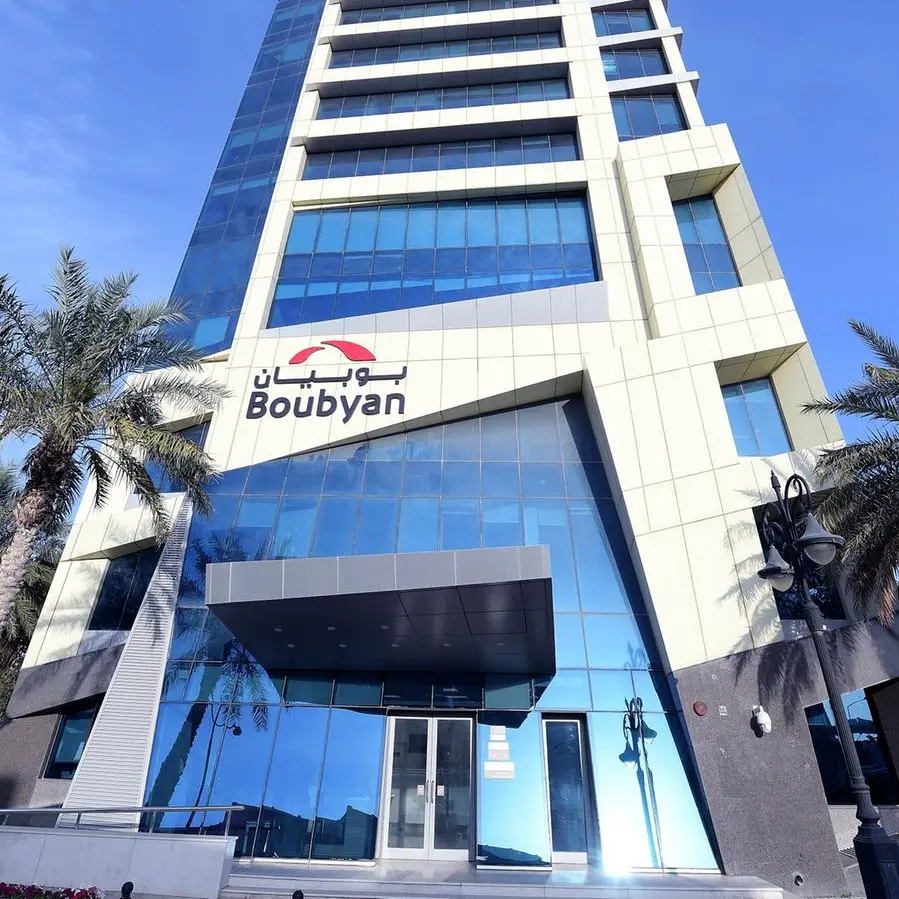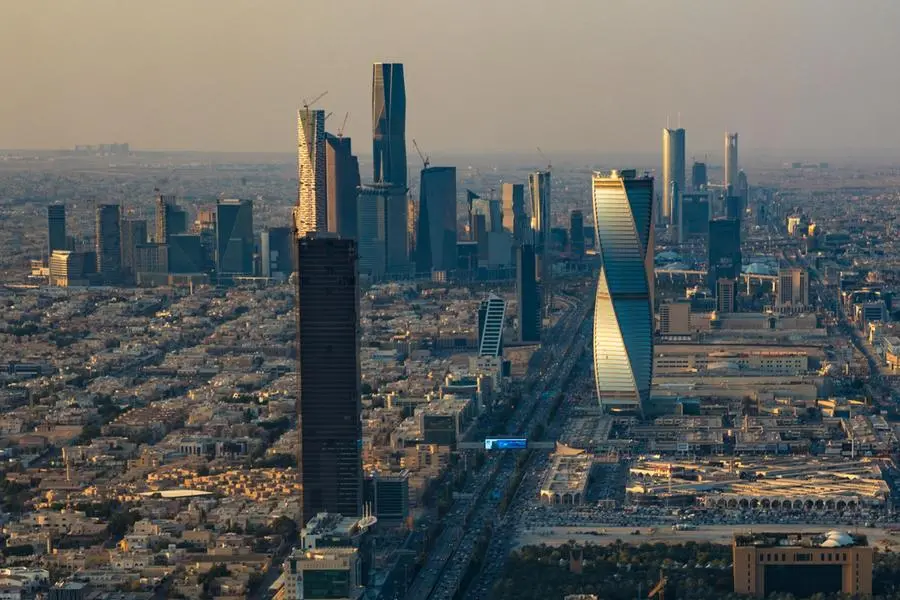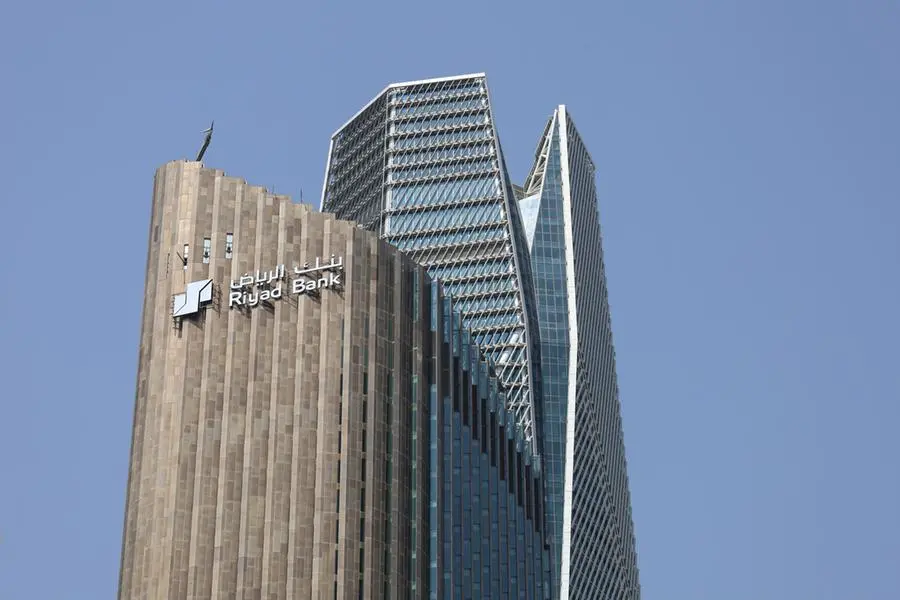PHOTO
Saudi Arabia’s Crown Prince Mohammed bin Salman yesterday (April 7) launched 'The Journey Through Time' masterplan as part of the ambitious AlUla Development Programme, thus marking a new chapter in the legacy of AlUla historical region, which is the world’s largest living museum.
Located 1,100km from Riyadh in north-west Saudi Arabia, AlUla is a place of extraordinary natural and human heritage. The vast area, covering 22,561 sq km, includes a lush oasis valley, towering sandstone mountains and ancient cultural heritage sites dating back thousands of years.
The Journey Through Time Masterplan is a complex and elegant urban planning solution using innovation to maintain balance between nature, heritage, culture and sustainable development.
It is an ambitious roadmap to protect, preserve and sustainably rejuvenate AlUla and form the backbone of the world’s largest and oldest cultural landscape, formed from the combined works of man and nature over millennia.
According to the Royal Commission for AlUla (RCU), work has already begun across all sectors of AlUla’s development: community, arts and culture, heritage and archaeology, nature and wildlife, agriculture, tourism and hospitality and infrastructure.
Once completed, it will see the establishment of five unique districts in the heart of AlUla, from Old Town in the south to Hegra Historical City in the north, each shaped by the site's natural and cultural heritage.
All the districts - AlUla Old Town; Dadan; Jabal Ikmah; Nabataean Horizon and Hegra Historical City - will each focus on an existing heritage site and will be traversed by AlUla's ancient oasis.
Under this masterplan, a 9-km portion, constituting the heart of the Cultural Oasis, will be fully rejuvenated, starting in AlUla Old Town.
Also a total of 5,000 additional room keys will be added into the overall target of 9,400 keys by 2035, with each district set to offer its own tailored blend of living and hospitality options, ranging from hotels and eco-tourism resorts to luxury lodges and canyon farms carved into the sandstone rocks.
In addition to this, 15 new cultural assets including museums, galleries and cultural centres will serve as landmarks across each district.
The 20km Wadi of Hospitality running along the ancient oasis's bed will connect the five districts and act as the green pedestrian 'spine' of The Journey Through Time.
A 46km low-carbon tram line will connect AlUla International Airport to the five districts. A scenic roadway as well as bicycle, equestrian and pedestrian trails will promote a smooth and experiential approach to mobility, championing low-carbon journeys.
The wadi and the low-carbon tramway will mostly follow the route used by pilgrims on the Hijaz Railway for many centuries before, ensuring a memorable visual and interpretive experience of the transition from oasis to desert.
Unveiling the masterplan, Mohammed bin Salman said: "Today, we embark on a journey to preserve the world’s largest cultural oasis and advance our understanding of 200,000 years of heritage. The Journey Through Time master plan is a leap forward to sustainably and responsibly develop AlUla, and share our cultural legacy with the world."
He also launched two flagship projects of the masterplan – the Kingdoms Institute and the Cultural Oasis – that reflect Saudi Arabia's commitment to offer the world a viable model for protecting, preserving and contributing to the world's cultural and natural legacy.
Kingdoms Institute will be a global hub for archaeological knowledge and research dedicated to the cultures and civilisations that have inhabited this area for more than 7,000 years, including the ancient kingdoms of Dadan and Lihyan and the magnificent Nabataeans, who built the city of Hegra, a Unesco World Heritage Site.
According RCU, the Journey Through Time Masterplan is the first in a series of plans for AlUla and constitutes the first and most important part of AlUla's development.
It will be implemented in three phases until 2035, while the first phase is set to be completed by 2023, aiming to provide a comprehensive visitor-centric experience.
Upon completion of the wider development strategy for AlUla in 2035, 38,000 new jobs amid a population grown to 130,000 will have been created.
Also AlUla will contribute SR120 billion ($32 billion) to the Kingdom's GDP. Additionally, 80 per cent of AlUla County will have been designated as nature reserves with key flora and fauna reintroduced, it added.-TradeArabia News Service
Copyright 2021 Al Hilal Publishing and Marketing Group Provided by SyndiGate Media Inc. (Syndigate.info).
Disclaimer: The content of this article is syndicated or provided to this website from an external third party provider. We are not responsible for, and do not control, such external websites, entities, applications or media publishers. The body of the text is provided on an “as is” and “as available” basis and has not been edited in any way. Neither we nor our affiliates guarantee the accuracy of or endorse the views or opinions expressed in this article. Read our full disclaimer policy here.























